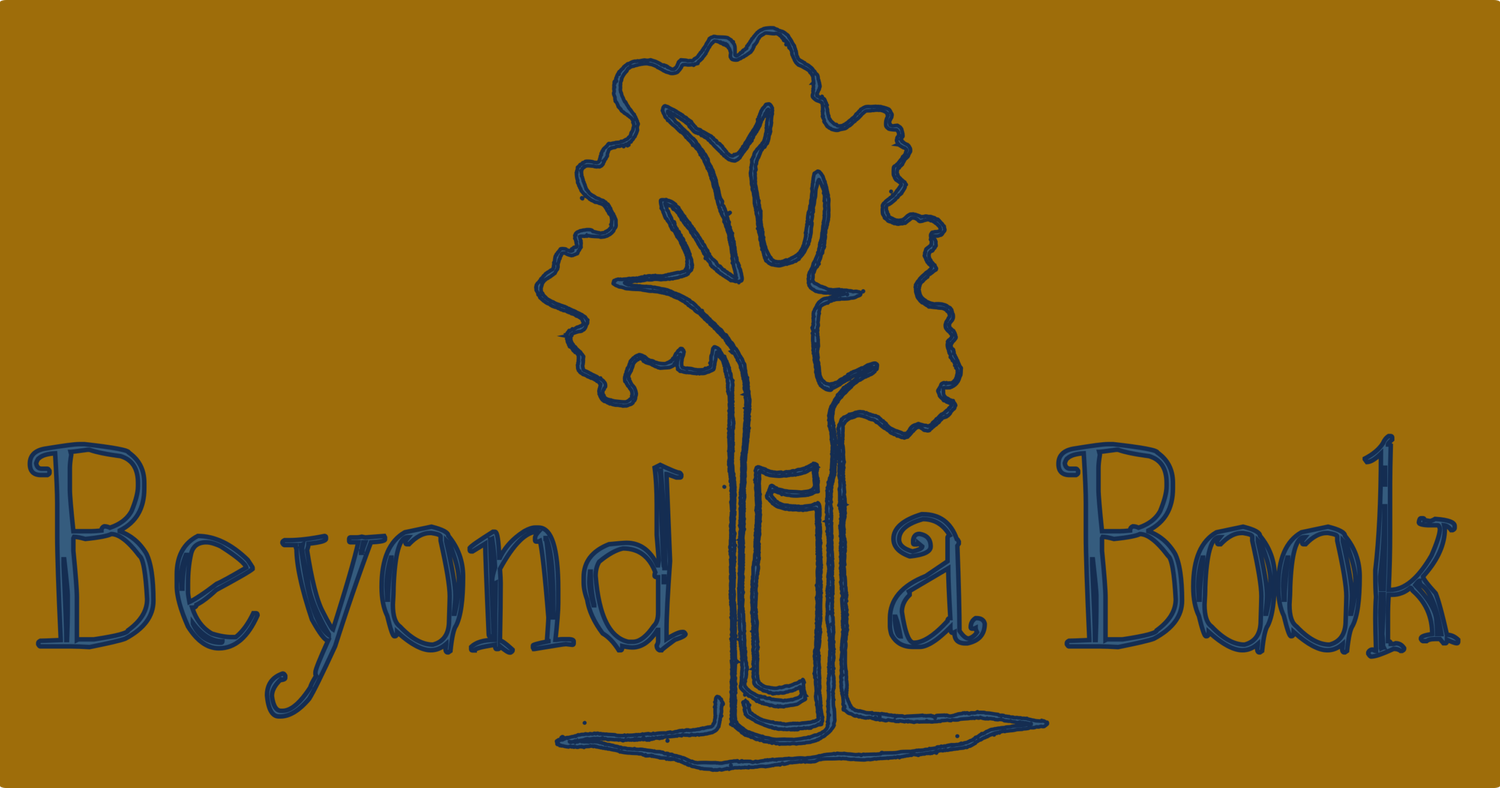Help the Monarchs - Plant a Monarch Garden
Habitat loss, climate change, and pollution threaten the monarchs with extinction. Luckily we can support monarchs by planting monarch gardens and giving these unique animals a place to rest, feed, breed, and survive. By giving monarchs a patch of our yards and a corner of our school grounds we can be part of the solution.
Starting Your Garden:
A successful Monarch garden boils down to two things: flowering plants for the adult monarchs and milkweed for the caterpillars. The details of your garden will depend on where you live, but you can find local experts and use the below information and video to guide you in the right direction:
There is a huge variety of milkweed plants to choose from. Butterflyweed (Asclepias tuberosa) is a popular choice because it doesn't spread too much and it is a showstopper!
The Plants
Milkweed:
Milkweed is the only plant that monarch caterpillars eat. Habitat loss, including the loss of milkweed, is one of the biggest threats to Monarchs. Without milkweed there are no monarchs. The species of milkweed you plant depends on where you live. Use Monarch Joint Venture's Milkweed By Region Guide to choose which species to plant. Then use Xerces Society's Seed Finder to locate local seeds or contact your local nursery for milkweed starts. When possible try to buy plants or seeds that were sourced locally. This will help you find the plants best adapted to your local area. Be sure to plant several plants of each species to ensure successful pollination.
Nectar Plants:
Monarchs love pesticide-free gardens with nectar plants and milkweed plants. I am sure they love educational signs/bling!
Adult monarchs need flowering plants to provide them with nectar, their food source. The colorful flowers are what will attract the butterflies to your garden. When possible these plants should be native and have a variation of bloom times so that monarchs can find food over the entire span of their migration. That means some plants need to bloom during their spring migration and other need to bloom later during their fall migration. The easiest way to accomplish this is to have a diversity of species in your garden.
Native, Local, and Pesticide Free:
Native plants have adapted to local conditions (ie weather, soil, pollinators) so choosing native plants increases success, preserves native diversity, and requires less maintenance. Locally sourced seeds and starts help ensure local variety. Pesticides and herbicides can kill adults and larval monarchs so try to weed by hand and remember bugs eat plants and that is okay.
Beyond Plants:
Add dead wood and rocks to create shelter and microclimates for adult butterflies.
The Steps
Starting - The First Steps:
Pick a mostly sunny spot in your yard or school grounds. Prepare the soil by getting rid of non-native plants and grass, or add natives and milkweed to your existing garden. If the soil is mostly clay or sand you may want to add amendments or extra soil. Plant seeds or starts depending on the size of the space and available resources. Keep the garden well watered and weeded (by hand) until the plants are well established. In the spirit of adventure-linked education, we think the best way to learn is to jump in and learn as you go. If you need more resources, some of our favorites are Monarch Joint Venture's Guide to Gardening and Wild Ones Garden Guide.
Maintenance:
Once your native plants are established, maintenance should be relatively low. Each year you can cut back old growth, weed by hand, and take note of which species do best in you area. Some species won't make it and you can replace them with new species or successful species.
Your garden can be any size and as formal or informal as you would like. At a city park in Kansas City, MO a formal garden planted on a basic grid is more appropriate than a more wild, hands-off garden.
For Schools
Living Laboratories:
Monarch gardens are great opportunities to study many earth science standards. Use your garden to study how plants grow, animal communities, energy flow, predator prey relationships, adaptations, nutrient cycling, and more. Letting kids get their hands dirty is the best way for them to learn how our Planet works! Already there are dozens of organizations supporting classrooms incorporating monarchs and butterfly gardens, and many teachers are recognizing the benefits. These benefits include:
- Butterfly gardens are living laboratories that foster a student’s natural curiosity for science and personal connections to nature.
- Butterfly gardens empower students to make a difference, improve Monarch habitat and be part of the solution to a species that is threatened with extinction.
- Monarch related research, including citizen science projects, engage students in authentic research.
Support:
In order for a school garden to be successful, the support of administrators is important. Since the learning opportunities are great and the cost minimal this should not be too difficult. The most important thing is to have a leader that will look after and maintain the gardens and mentor future leaders so that the garden continues as staff change. Keep in mind who will be the leader and how future leaders will be fostered.
Success Stories:
Schools all over the United States have created butterfly gardens. These include The Marth Jones Elementary School Garden which includes costs which were covered by donations, Concordia Elementary School, and Patton Elementary. There are many, many more. If your school is one of the success stories, we would love to hear about it. Send your story to beyondabook@gmail.com.
School Butterfly gardens are the perfect way to foster student's curiosity for science and foster a connection to nature. Gardens like this one at Huntsville Intermediate School in Arkansas empower students to make a difference.




